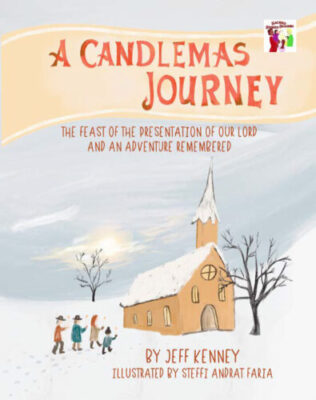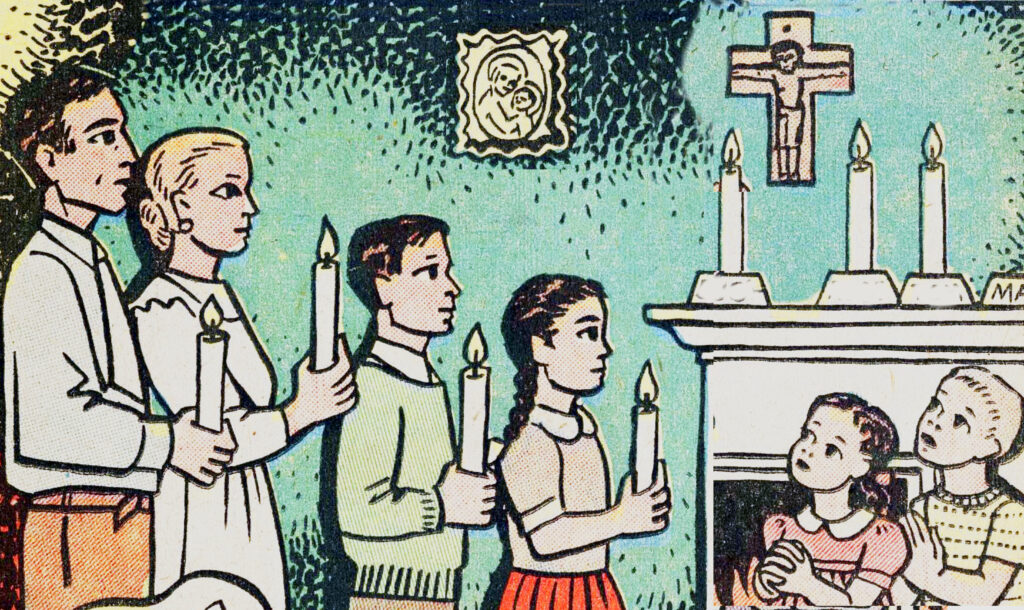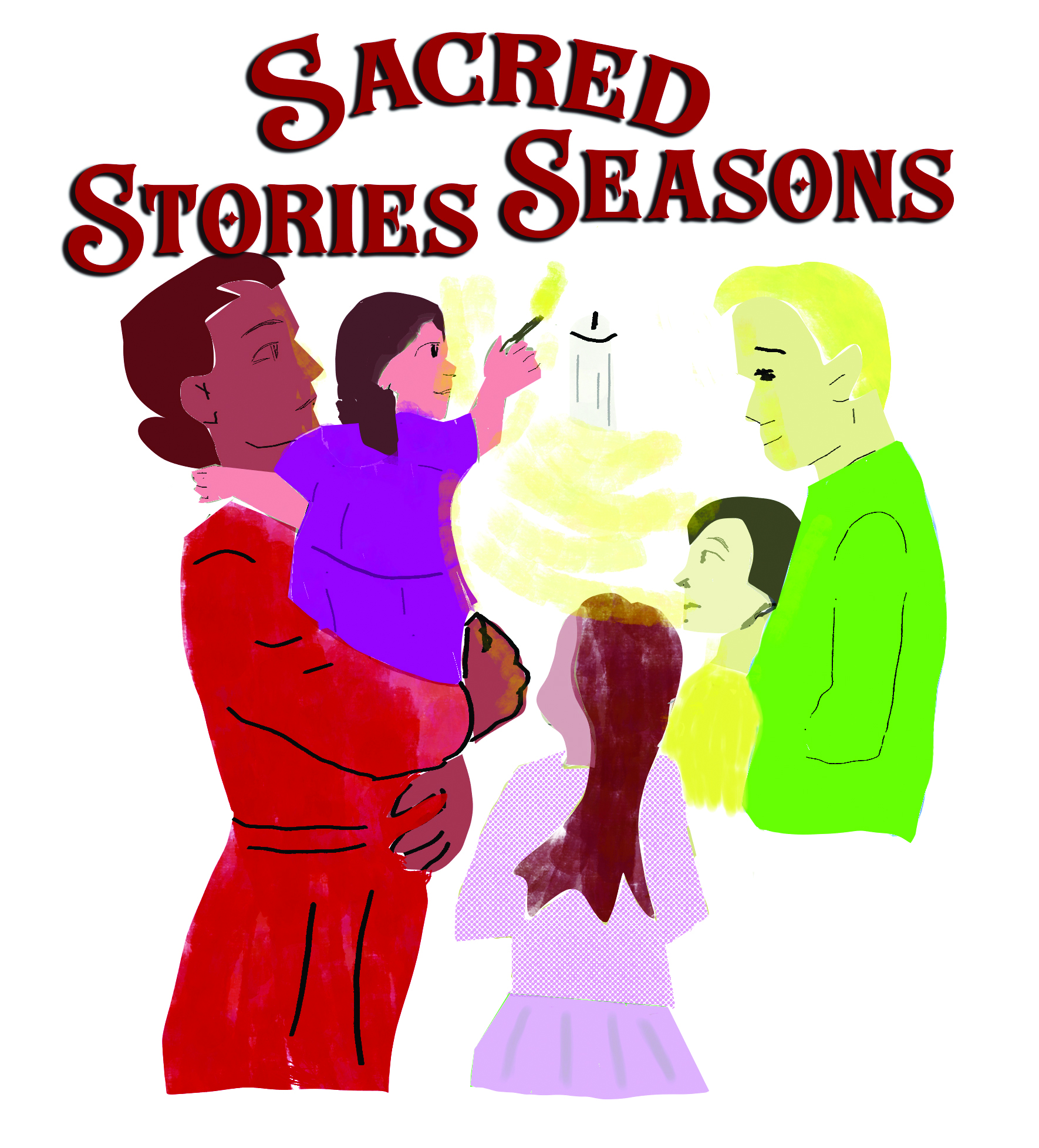
Dear reader (parent or child or anyone in between): the intent of our series of picture books, “Sacred Stories, Sacred Seasons,” is much more than merely telling an interesting story or referencing a (now perhaps) obscure Christian celebration.
For much of it’s 2,000-plus year history, the Christian Church has marked sacred time by commemorating important moments in the life of Christ, in the Biblical narrative, in the lives of the saints, and more. In many cases, these days of feasting (or in some instances, fasting) formed the basis of the devotional and even social and cultural life of much of society in many places in the world.
Why should this matter to us today, other than as a mere curiosity of history?
Much of Western society has moved away from Christianity, and much popular Christianity has moved away from shared, joyful celebrations of Christian holy days. As a society, we are lonelier than ever before, and as Christians we are all too often either distanced from others in our Christian communities, or we live out our faith in an abstracted manner, lacking many “hands on” and celebratory engagement with the Church calendar and our fellow Christians.
This was not so for much of Christian history, and — even if it begins in small ways — Christians have an opportunity to restore and rebuild Christian/Catholic culture.

If the above seems an unfamiliar concept, in many ways it shouldn’t. Most Christians today are familiar with Christmas as a prime example of a Christian feast day observed in its fullness. Yes, that holiday (or “holy day”) has taken on more secular, commercial traits divorced from its Christian heritage, but many elements of longstanding Christian traditions resemble the way the Church observed many feasts of the year: not only was the central narrative element present (such as the birth of Christ at Christmas), but also associated were longstanding, beloved songs, cherished traditions surrounding, food, decor, activities, and other practices, most relating in some way to the feast day at hand.

Feasts like Michaelmas (the Feast of St. Michael and All Angels), Martinmas (the Feast of St. Martin of Tours), Candlemas (the Feast of the Presentation of Jesus in the Temple), and St. John’s Day (John the Baptist’s Nativity) bore with them longstanding traditions surrounding food, practices, and other elements of the gathered faithful making the life of the Church central to their own lives.
Again, such practices are not merely about the pleasures of food and company, but intend to immerse Christians more deeply and fully — wholly — into the practice of their faith. Hopefully they may build warm and cherished memories in our children, and sanctify the passing of time that it might be more than mere days on a calendar, but brought to life by the light of Christ and His Church alive in our lives and in the world.

This series, then, echoing an earlier series of audio dramas, “The Golden Key” (goldenkeyaudio.com), aims to bring these ancient traditions in the Church to a contemporary audience in hopes of encouraging and inspiring newfound celebrations of them, or newfound enthusiasm for longstanding ones.
